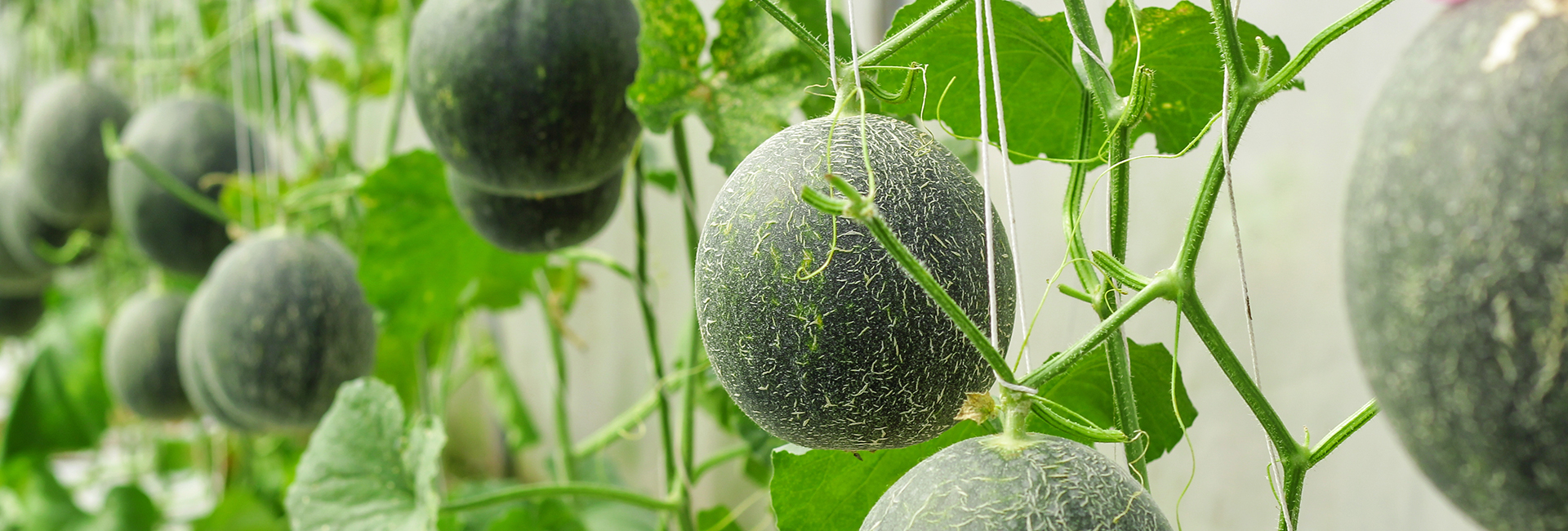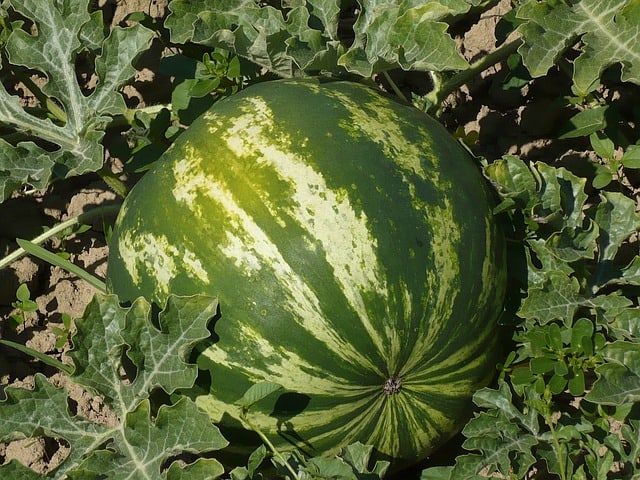How to Grow Melons in Containers: A Comprehensive Guide

Growing melons in containers might sound like a daunting task, but with the right approach, it can be as easy as slicing into a ripe, juicy melon on a hot summer day. Container gardening offers a flexible and space-efficient way to cultivate your favorite melon varieties, whether you live in an apartment or simply want to maximize your outdoor space. In this guide, we'll walk you through the essential steps, from choosing the right container to providing optimal melon care. So, are you ready to turn your small space into a melon paradise? Let's dive in!
Choosing the Right Container for Your Melons
When it comes to container gardening, the first step is selecting the right vessel for your melons. The container should be large enough to accommodate the plant's root system and provide adequate soil volume. Aim for a container that is at least 18 inches in diameter and 12 inches deep. Plastic, ceramic, or fabric pots are all suitable options, but ensure they have good drainage to prevent waterlogging.
Selecting the Best Melon Varieties for Containers
Not all melon varieties are created equal when it comes to container gardening. Opt for compact or bush-type varieties that are specifically bred for small spaces. Some popular choices include 'Sugar Baby' watermelon, 'Minnesota Midget' muskmelon, and 'Honey Bun' cantaloupe. These varieties are known for their smaller size and shorter growing season, making them ideal for container cultivation.
Soil Requirements: The Foundation of Success
The soil you choose for your melons is crucial for their growth and overall health. Melons thrive in well-draining, nutrient-rich soil. A high-quality potting mix is an excellent choice, as it provides the right balance of moisture retention and drainage. You can also add compost or slow-release fertilizer to enhance the soil's nutrient content. Remember, the soil is the foundation of your melon's success, so don't skimp on quality.
Planting Your Melons: The First Steps
Once you have your container and soil ready, it's time to plant your melons. Fill the container with your chosen potting mix, leaving about an inch from the top. Plant the melon seeds or seedlings at the recommended depth, usually about 1 inch deep for seeds. Water the soil thoroughly after planting to ensure good contact between the seeds and the soil.
Melon Care: Nurturing Your Plants
Watering Tips for Healthy Melons
Melons require consistent moisture to thrive, but be careful not to overwater them. Aim to keep the soil evenly moist but not waterlogged. Water your melons deeply once or twice a week, depending on the weather and the size of your container. A good rule of thumb is to water when the top inch of soil feels dry to the touch.
Fertilizing for Optimal Growth
Melons are heavy feeders and benefit from regular fertilization. Use a balanced, water-soluble fertilizer every two to three weeks during the growing season. You can also apply a slow-release fertilizer at the time of planting to provide a steady supply of nutrients.
Providing Adequate Light
Melons need plenty of sunlight to produce sweet, juicy fruits. Place your container in a location that receives at least six to eight hours of direct sunlight per day. If you're growing melons indoors, consider using grow lights to supplement natural light.
Supporting Your Melons: The Importance of Trellising
As your melons grow, they will need support to prevent the fruits from touching the ground and to maximize space. Use a trellis or cage to support the vines and fruits. You can also use slings made from old t-shirts or pantyhose to support individual melons as they grow.
Harvesting Your Melons: The Sweet Reward
Knowing when to harvest your melons is crucial for enjoying their peak flavor. Look for signs of ripeness, such as a change in color, a slight softening of the fruit, and a sweet, fragrant aroma. Use a sharp knife to cut the melon from the vine, leaving a small piece of the stem attached.
Conclusion: Embrace the Joy of Container Gardening
Growing melons in containers is a rewarding experience that allows you to enjoy fresh, homegrown fruits even in limited spaces. By choosing the right container, selecting suitable melon varieties, and providing optimal care, you can turn your small space into a thriving melon garden. So, why not give it a try? The sweet taste of success is just a few steps away.
FAQs
1. Can I grow melons in containers indoors?
Yes, you can grow melons in containers indoors, but you'll need to provide adequate light and warmth. Use grow lights to supplement natural light and maintain a consistent temperature between 70°F and 85°F (21°C and 29°C).
2. How often should I water my melons in containers?
Water your melons deeply once or twice a week, depending on the weather and the size of your container. Aim to keep the soil evenly moist but not waterlogged. Check the soil moisture by sticking your finger about an inch deep into the soil.
3. What is the best soil for growing melons in containers?
A high-quality potting mix is the best soil for growing melons in containers. It provides the right balance of moisture retention and drainage. You can also add compost or slow-release fertilizer to enhance the soil's nutrient content.
4. How do I support melons growing in containers?
Use a trellis or cage to support the vines and fruits. You can also use slings made from old t-shirts or pantyhose to support individual melons as they grow. This prevents the fruits from touching the ground and maximizes space.
5. When should I harvest my melons?
Harvest your melons when they show signs of ripeness, such as a change in color, a slight softening of the fruit, and a sweet, fragrant aroma. Use a sharp knife to cut the melon from the vine, leaving a small piece of the stem attached.
/colorfulpots-56a6704a3df78cf7728deb0e.jpg)

0 Response to "How to Grow Melons in Containers: A Comprehensive Guide"
Post a Comment